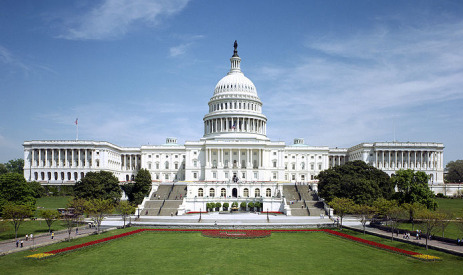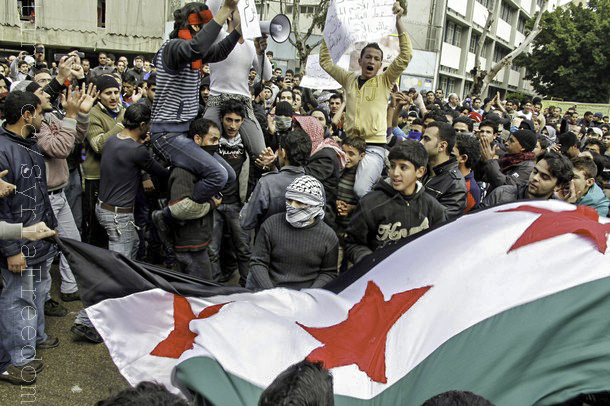As the climate shifts, the impacts on any given nation will vary. Some few will see positive changes. Many will be disrupted. That disruption was apparent in the Sudan during the last decade. And now it’s being suggested that climate change also played a role in Syria.
In 2007, U.N. Secretary-General Ban Ki-moon wrote an opinion piece for the Washington Post titled “A Climate Culprit in Darfur.”
Two decades ago, the rains in southern Sudan began to fail. According to U.N. statistics, average precipitation has declined some 40 percent since the early 1980s. Scientists at first considered this to be an unfortunate quirk of nature. But subsequent investigation found that it coincided with a rise in temperatures of the Indian Ocean, disrupting seasonal monsoons. This suggests that the drying of sub-Saharan Africa derives, to some degree, from man-made global warming.
It is no accident that the violence in Darfur erupted during the drought. Until then, Arab nomadic herders had lived amicably with settled farmers. A recent Atlantic Monthly article by Stephan Faris describes how black farmers would welcome herders as they crisscrossed the land, grazing their camels and sharing wells. But once the rains stopped, farmers fenced their land for fear it would be ruined by the passing herds. For the first time in memory, there was no longer enough food and water for all. Fighting broke out. By 2003, it evolved into the full-fledged tragedy we witness today.
A U.N. report backed that claim, noting a drop in rainfall of 16 to 30 percent, a rise in temperature of about one degree Celsius, and an expected drop in crop yield of as much as 70 percent.

“Syrian protesters living in Lebanon shout slogans against Syria’s President Bashar al Assad.” (Photo by Syria Freedom.)
The Bulletin of the Atomic Scientists (best known for its Doomsday Clock) echoed the U.N.’s Darfur argument, suggesting that climate may have played a role in the uprising in Syria.
The price of wheat skyrocketed in 2005, and an overconfident Syrian government sold much of its emergency wheat reserve. In 2008, due to the drought, the Syrian government was forced to concede that its policy of self-sufficiency had failed, and for the first time in two decades it began importing wheat. Meanwhile, nearly 90 percent of the barley crop failed, doubling the price of animal feed in the first year of the drought alone. Small livestock herders in the northeast have lost 70 percent and more of their herds, and many have been forced to migrate. According to the UN Food and Agriculture Organization, one-fourth of the country’s herds were lost as a result of the drought. …
Since the drought began, temporary settlements composed largely of displaced rural people have formed on the outskirts of Damascus, Hama, Homs, Aleppo, and Dara’a — the latter city being the site of the first significant protest in the country in March 2011. This migration has exacerbated economic strains already caused by nearly two million refugees from neighboring Iraq and Palestine. A confidential cable from the American embassy in Damascus to the US State Department, written shortly after the drought began, warned of the unraveling social and economic fabric of Syria’s rural farming communities due to the drought. It noted that the mass migration “could act as a multiplier on social and economic pressures already at play and undermine stability in Syria.”
The two key points: The Syrian drought from 2006 to 2010 was unprecedented and although-nothing-specific-can-be-attributed-to-climate-change-etc-etc a suggestion of climate stress. That drought caused upheaval that exacerbated conditions under which a rebellion could erupt.
It’s a controversial argument, to be sure — but no such analysis wouldn’t be controversial. Our evolution into a climate-change-altered world will not happen with a sudden rupture. It will be a slow slide that we recognize only in retrospect — or if we pay close attention to indicators like this that demonstrate how the world is evolving.




